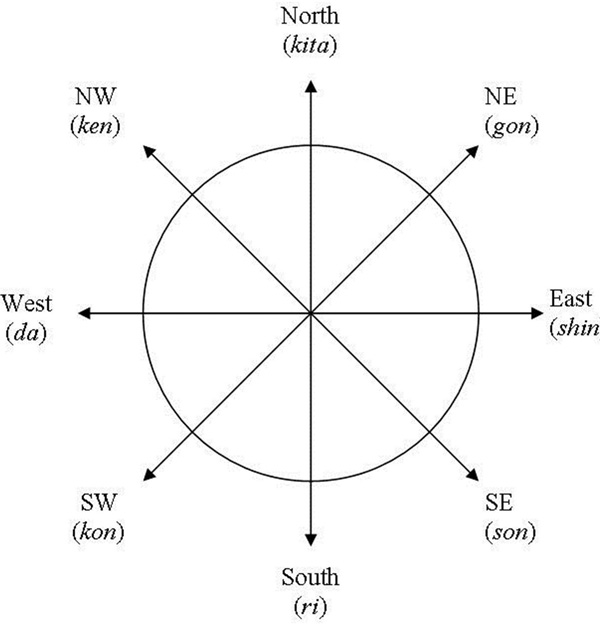You might as well change my middle name to “Honky Tonk” because I did some honky tonkin’ this week while I spent a few days in Nashville for a marketing seminar.
I know, I know… I’m shocked, too.
My cousin lives there, and she took me to some fun places to eat delicious Southern food and ice cream sandwiched in between see live country music.
Somehow, I still managed to find some good martial arts links while I was away.
Avoid road rage. That’s the message put out by Evander Holyfield in a new PSA commissioned by Georgia law enforcement officials. “You never know who you might run into,” the ad says.

“Don’t be deceived by the enbusen rule,” write authors Lawrence A. Kane and Kris Wilder. In other words, just because your form – Japanese, Okinawan, Korean, Chinese, etc. – tells you to move a certain way doesn’t mean your attacker isn’t going that way. And if you’re not learning interpretation and application of your forms, you should find a capable instructor.

“What does it mean when an open hand covers a closed hand?” This is a question I’ve seen pop up every now and again on StackExchange. In Japanese and Okinawan martial arts, it means “sho chiku bai.” But, I’ve also heard from my friend Sifu Ed Parker that in Chinese martial arts, an open hand represents peace while a closed hand represents war. “Peace always conquers war,” he says.
Bang! Nope, this isn’t an ad for DDPYoga. It’s Master Ken’s new video, showing you when to bring a knife to a gunfight. “Sometimes,” he says, “don’t ever always bring a gun to a knife fight.”
“We’re not practicing dead karate.” This is one of my karate instructor’s favorite lines to use. Typically, he says this when he sees me being lazy with my hand or not coordinating my body correctly. But, in another way, he’s saying what Jesse Enkamp is saying here. “A system that is blindly followed – no matter how intelligently designed – can never mimic the dynamic totality of life,” he writes. What I think Jesse is saying (I like him, but he tends to write a lot of extra stuff around his main points) is that your martial art should always be changing, always evolving. In other words, your martial art is alive.
Speaking of karate that’s alive…

“Karate is a way of life,” Mr. Jim Price says in the latest episode of The Martial Arts Podcast. Sure, he’s not breaking new ground. Many martial arts have said it. But when you listen to Mr. Price, you can tell he really means it. In this podcast, his respect and admiration shines through for his sensei, Phillip Koeppel. Mr. Price also talks about transitioning from my style of karate, Shuri-ryu, and transitioning to Matsumura Seito-ryu.
Get updates straight to your inbox!
Like what you’ve read? Sign up for my blog updates, and I’ll deliver them straight to your email. Then, share this link on social media!
[mc4wp_form]